Understanding Fiber Connector Types: SC/APC,SC/PC, LC/UPC,LC/APC, ST/PC, FC/PC,FC/APC
When working with fiber optic technology, you’ll frequently encounter terms like SC UPC, LC UPC, SC APC, LC APC, FC APC, and FC UPC. These designations refer to both the type of connector (LC, SC, FC) and the polish style of the connector’s end face (UPC, APC). While the connector name defines the physical interface, the polish type determines the fiber's optical performance—especially with regard to insertion loss and return loss.
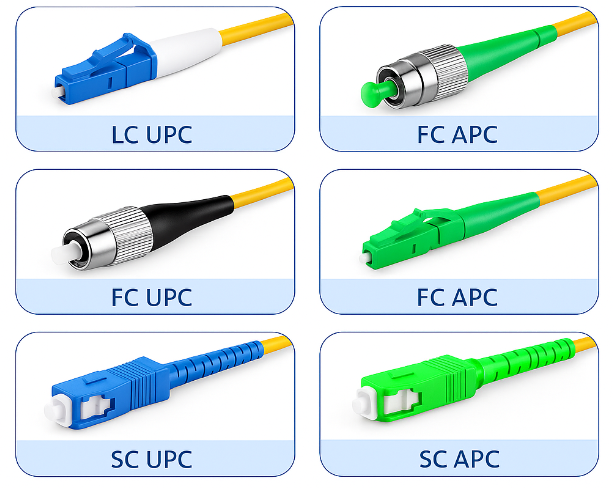
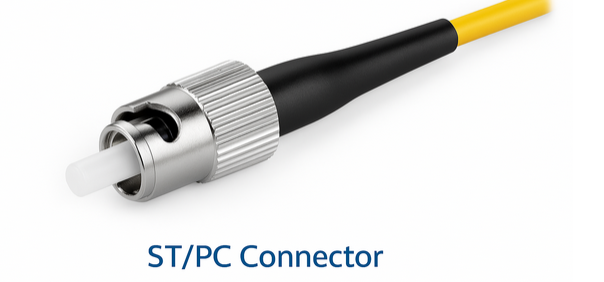
How Thor Fiber Standardizes Connector Use
At Thor Fiber, we standardize connector types based on the application to ensure optimal performance:
-
Video & Audio Transport (SDI, CVBS, XLR, Phone, RS232 over fiber)
These are typically equipped with ST/PC connectors. See examples:
• SDI over Fiber
• Analog Audio/Video over Fiber
-
Data Transmission (Ethernet, Gigabit Ethernet)
These are commonly built with LC/PC or SC/PC connectors.
• Ethernet over Fiber
-
RF Applications (CATV, L-Band, GPS, SATCOM, Ku-band)
For high-frequency RF systems, we exclusively use SC/APC connectors to minimize reflection and maximize signal fidelity.
• CATV over Fiber
• L-Band and GPS over Fiber
PC, UPC, and APC Polish Styles: What’s the Difference?
PC – Physical Contact
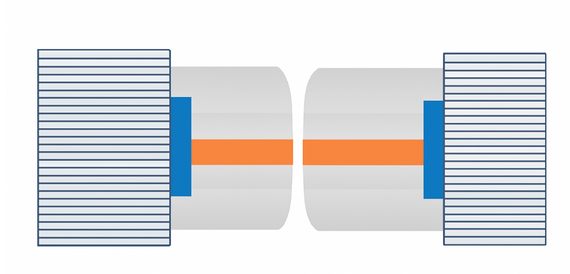
PC -Connector Strucure

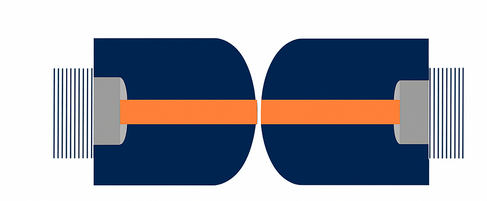
UPS connector stucture
The PC (Physical Contact) connector was one of the earliest fiber polish types. It features a slightly curved end face that helps reduce air gaps between connected fibers. However, with a return loss of only ~40 dB, it has largely been replaced by more advanced versions.
UPC – Ultra Physical Contact
UPC connectors improve upon PC with a more domed and tightly polished surface, offering a more precise connection between fibers. Return loss improves to around -50 dB, making UPC suitable for most digital and analog transmission systems. For example, many of our Ethernet and AV-over-fiber solutions use LC/PC or SC/PC connectors with UPC polish for excellent performance at a reasonable cost.
APC – Angled Physical Contact
APC (Angled Physical Contact) connectors are engineered with an 8° angled ferrule. This sloped end face significantly reduces back-reflection, pushing return loss to around -60 dB. This makes them ideal for RF signal transmission, including CATV, L-Band satellite, GPS, and other high-frequency services where reflections would degrade performance. That’s why Thor Fiber's RF and SATCOM products use SC/APC connectors by default.
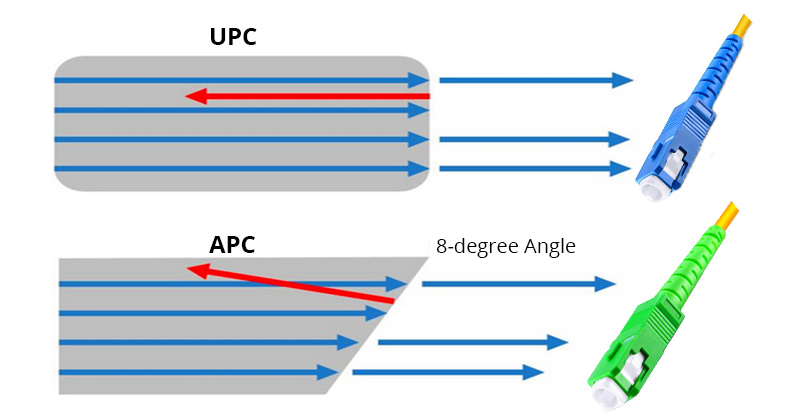
Comparison Table: PC vs. UPC vs. APC
| Feature |
PC |
UPC |
APC |
| End Face Shape |
Slight curve, nearly flat |
Dome-shaped polish |
8° angled polish |
| Return Loss |
~ -40 dB |
~ -50 dB |
~ -60 dB |
| Reflective Behavior |
Moderate |
Low |
Minimal |
| Color Coding |
Varies |
Blue |
Green |
| Usage Status |
Obsolete |
Common in AV/Data |
Ideal for RF/High-frequency |
Choosing Between APC and UPC
For high-performance RF applications like CATV, L-Band, and GPS fiber links, APC connectors (SC/APC) are the best option due to their superior reflection control.
For most audio/video and data systems, UPC connectors using LC or SC form factors provide excellent performance at a lower cost.
Compatibility Notice
It’s important to never directly mate an APC connector (green) with a UPC or PC connector (blue or black), as this can damage the fiber surfaces. If such a connection is needed, use a specialized hybrid patch cable designed with APC on one end and UPC on the other.
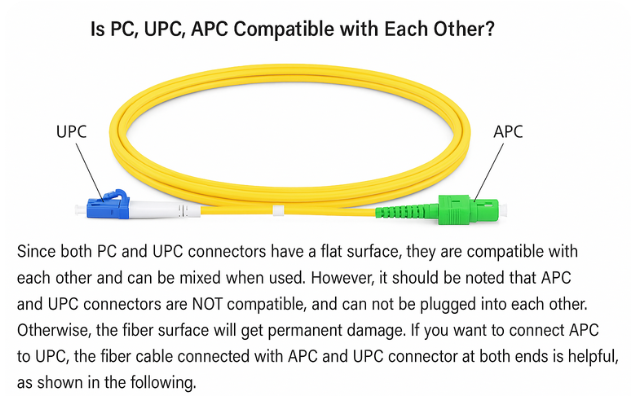

 ES
ES








